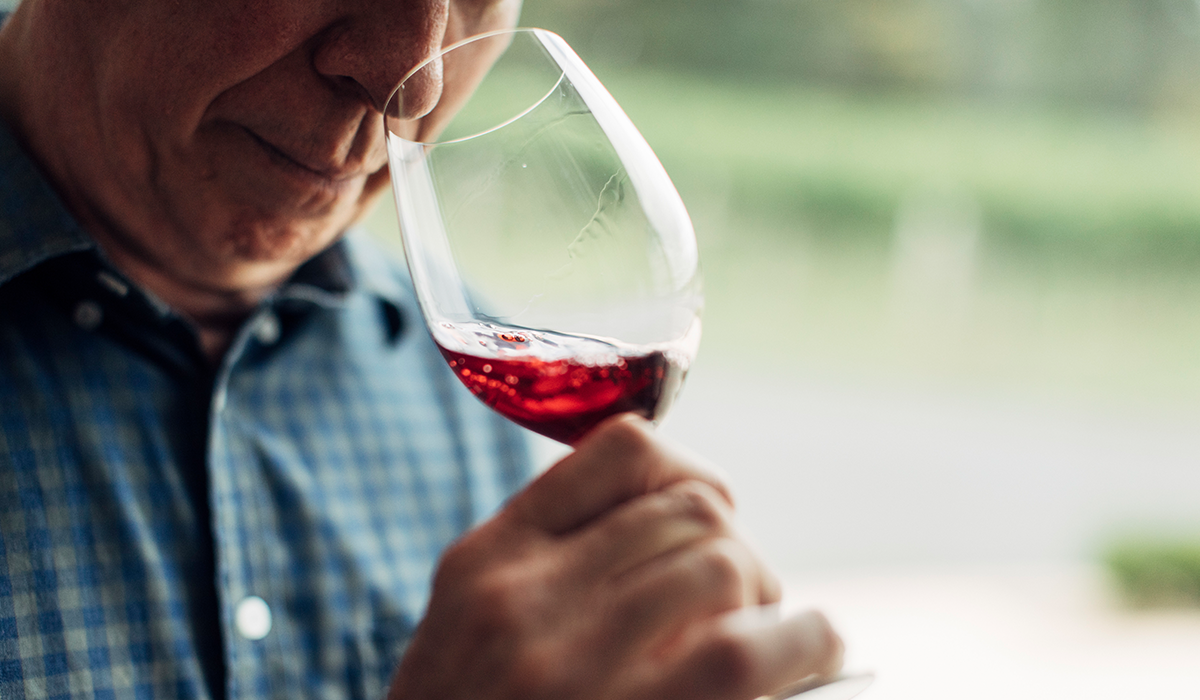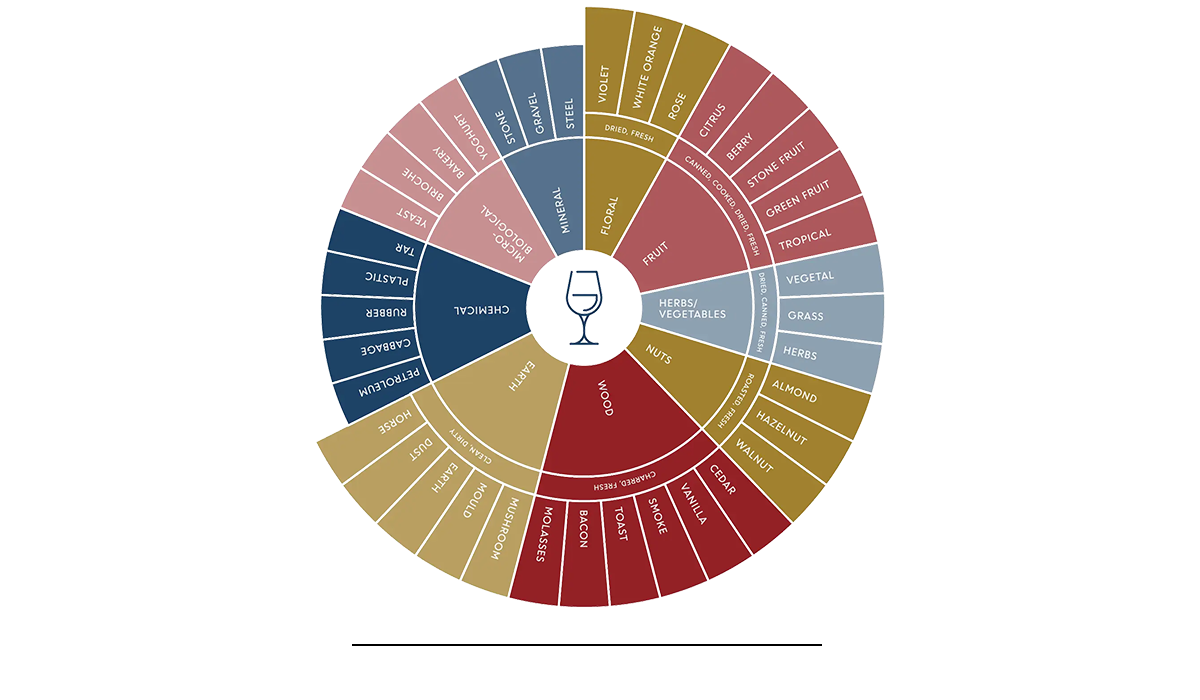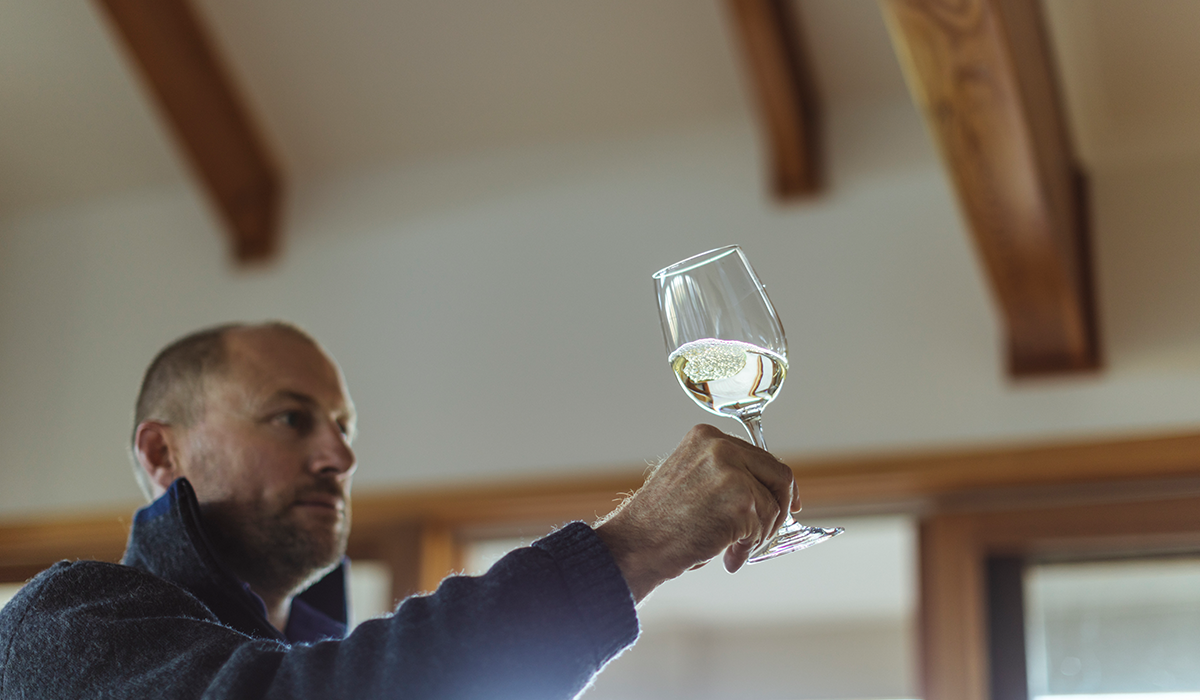We know delving into the world of wine can be overwhelming – trying to remember key characters of the grape variety, the region, the producer and maybe even the vintage season is challenging, and that’s before you’ve even poured a taste! We created Halliday Wine Academy to empower you with a strong understanding of the Australian wine landscape – including how to taste wine.
Whether you're a beginner or have already started your wine journey – Halliday Wine Academy will serve as the perfect learning tool.
Below, we introduce you the fundamentals of tasting wine. Learn how to use a flavour wheel to identify a wine's aroma and how to describe the flavours you taste.
Remember, while objective assessments can be made around measurable factors, like alcohol, sugar, tannin, acid, colour and clarity, beyond this it’s about how you perceive the wine and how it tastes and feels to you in that moment. There are many factors that will affect how you judge a wine, so the most important thing is to trust your own palate.
With that in mind, here’s a quick guide to evaluating a wine from a technical standpoint. In a clean glass, pour in a taste of wine and swirl it around. Look at the wine, smell the wine and consider the following.

Aroma of wine
The aroma of the wine is central to its character. It will change as the wine aerates so a good habit to cultivate is to always smell the wine before you taste. Swirling increases the surface area, which increases the aeration and causes the volatile aroma compounds to vaporise, making them easier to detect. Consider the following:Condition: clean – faulty
Intensity: no aroma – lightly aromatic – aromatic – very aromatic – pronounced
Freshness: youthful – developing – developed – tired – expired
Flavours (use the flavour wheel): fruit – floral – spice – vegetal – woody – other
Taste and flavour of wine
Next, take a sip and swirl it all around your mouth – in your gums, under your tongue. Swallow the wine and repeat. Swishing it around makes full use of your ability to consider how the wine feels, as well as the tastes and flavours. Consider the following:Acid: low – medium – high
Sweetness: dry – off-dry – medium sweet – sweet – luscious
Tannin: low – medium – high
Alcohol: unnoticeable – balanced – warm – hot
Body/weight: light – medium – full
Intensity: light – medium – pronounced
Length: short – medium – long
Mouthfeel: fine – silky – juicy – textural – round/linear – chalky – drying – astringent
Shape: linear – round – edgy
Flavours (use the flavour wheel): fruit – floral – spice – vegetal – woody – other

Using a flavour wheel to taste wine
Reciting a list of flavours when tasting might be standard practice for wine professionals but it can be overwhelming for beginners. Luckily there’s a shortcut that can simplify how you think about flavour: a flavour wheel.This wheel groups specific flavours together, for example, lime, lemon and yuzu into a more general group: citrus. This can simplify how you think about flavour and also act as a visual prompt while you’re tasting.
How to taste wine with Liebherr
"Liebherr recommends carefully storing wine to ensure it preserves and conditions as the winemaker intended. For long-term storage of all varieties between 11–14 degrees is recommended, and a constant temperature that doesn’t fluctuate is imperative."When serving and tasting wine, the temperature is a critical component to ensure maximum enjoyment. Anything below five degrees is too cold and accentuates bitterness and acidity. Around six to eight degrees is ideal for lighter whites like sauvignon blanc, pinot gris and Champagne. Chardonnay tastes best when served at 10–12 degrees. Red wine at room temperature is a myth – lighter-bodied reds like pinot noir and Burgundies should be served at between 14–16 degrees. Cabernet sauvignon and shiraz should be served at between 17–19 degrees (anything above that will accentuate the alcohol sensation)."

Next steps on your wine journey
Halliday Wine Academy: Fundamentals of Wine in-person education courseJoin Jane Faulkner in Melbourne and Mike Bennie in Sydney for our Fundamentals of Wine in-person course. Across one two-hour session each week for four weeks, Jane and Mike will guide you through course materials and a selection of highly rated wines. Find out more.
Halliday Wine Academy: Introduction to Wine online education course
Across eight modules, Halliday Wine Academy's Introduction to Wine course offers a detailed look at the Australian wine landscape. Learn about wine varietals, Australian wine regions, how wine is made, how to taste and describe wine, how to approach food and wine matches, along with handy tips that address common wine questions. Find out more.
This is an edited extract from Halliday Wine Academy’s Introduction to Wine course.
Image credits: Wine Australia.



